William F. Davidson Elementary 24-25
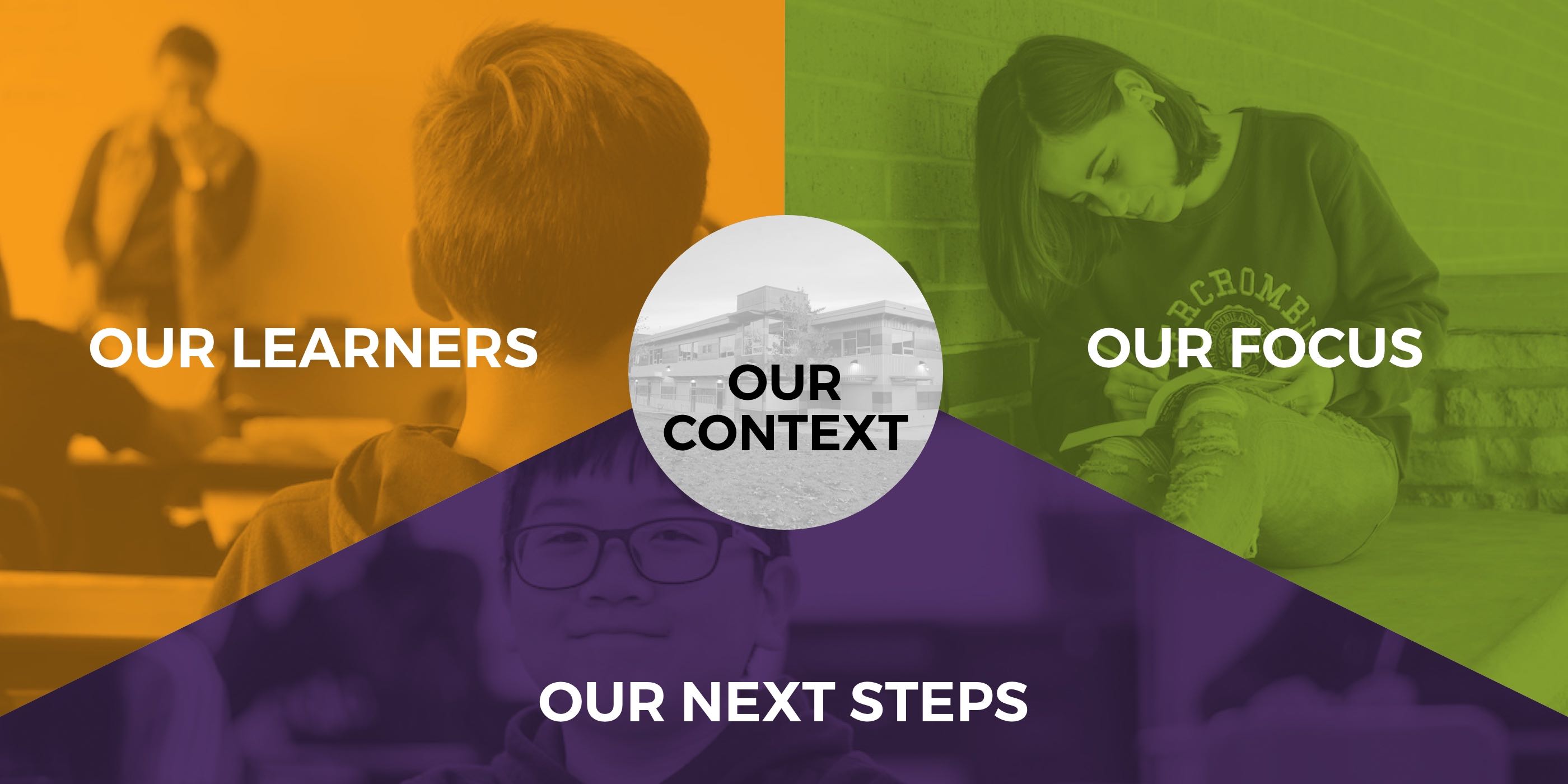

OUR CONTEXT
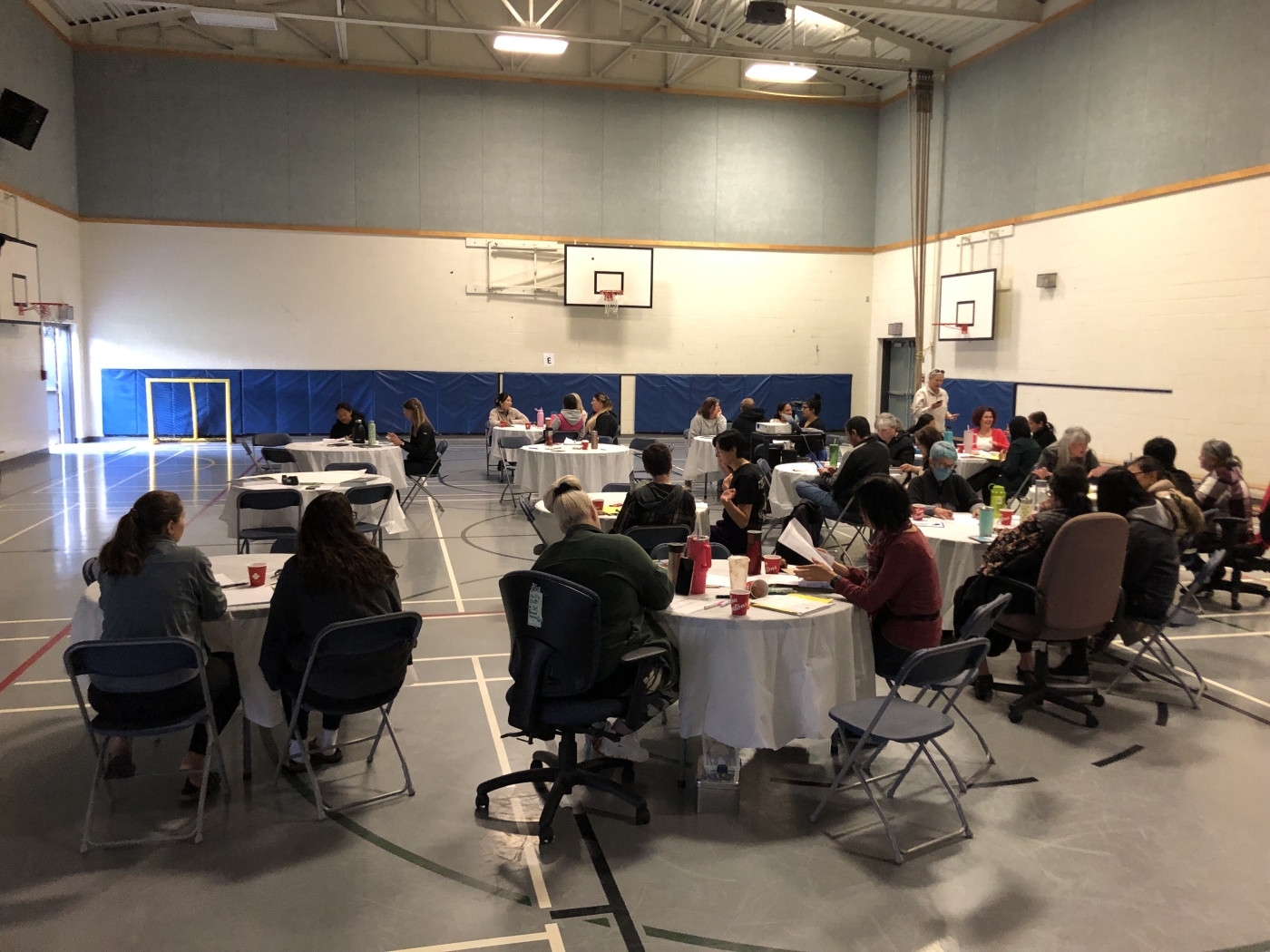 William F Davidson is located in the heart of Guildford. Our community shines with diverse identities, cultures, and languages. Students arrive each day with their own story are given space to share and celebrate one another. We are grateful to be learning on the unceded and traditional territory of the Katzie, Kwantlen, and Semiahmoo First Nations
William F Davidson is located in the heart of Guildford. Our community shines with diverse identities, cultures, and languages. Students arrive each day with their own story are given space to share and celebrate one another. We are grateful to be learning on the unceded and traditional territory of the Katzie, Kwantlen, and Semiahmoo First Nations
We are a diverse community of about 440 curious students, K-7, a staff of just around 50 caring adults, and hundreds of supportive family members. Nearly 53% of our students speak a language other than English at home.
In addition to daily learning routines, we also enjoy time spent with buddy classes, working with our inspirational student leadership team come up with ideas to build our community, go on a variety of field studies and play on various sports teams.
We are grateful for the enduring support of our PAC. With their generous efforts, time and fundraising, we enjoy special events such as school-wide Zumba and Pickleball, Art performances, as well as contributions towards our field studies, classroom materials, and numerous hot lunch events, and other creative fundraising efforts.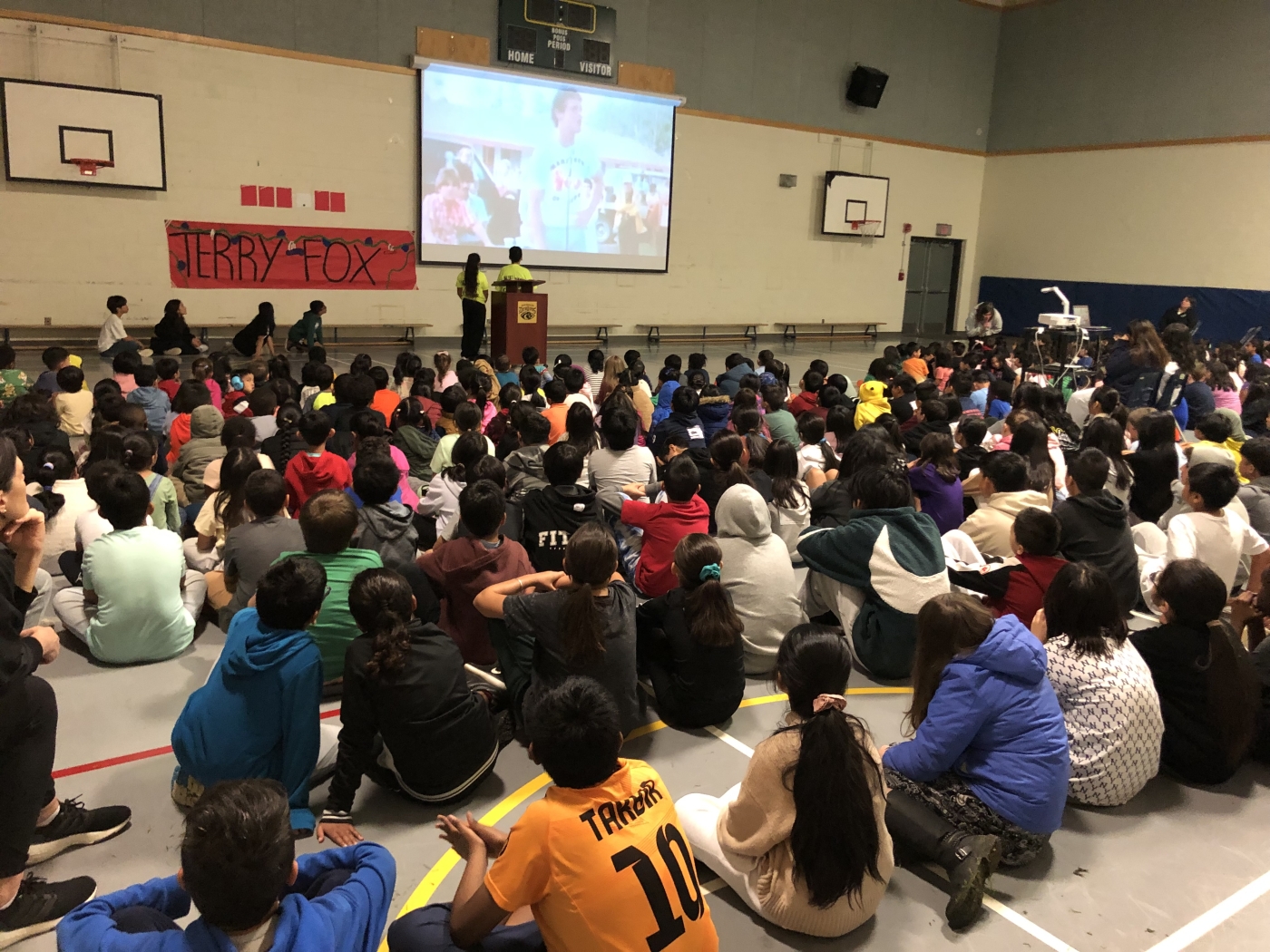
OUR LEARNERS
A focus on strong literacy development is at the heart of what we do at William F. Davidson. Our learners are part of a growing diverse global community where writing is a key component across multiple modalities. The ability to write and communicate effectively is key to our students’ success as they move through their schooling and into their adult lives. They learn these skills in a way that lets our learners communicate effectively and think critically about our world and their lives.
Our goal was to help students grow and extend their personal writing—a journey that evolves across grades but always centers on exploring thoughts, feelings, and experiences.
Why is this important?
Writing is the Foundation for Communication
- Writing helps students express their thoughts, feelings, and ideas clearly.
- It builds confidence in sharing opinions and telling stories.
Writing Supports Reading and Comprehension
- Writing and reading are interconnected—writing reinforces vocabulary, grammar, and understanding of text structures.
- It helps students make sense of what they read by summarizing, analyzing, and responding to texts.
Writing Enhances Critical Thinking
- Writing encourages students to organize their thoughts, make connections, and reflect on their learning.
- It fosters problem-solving and reasoning skills.
Writing Builds Academic Success Across Subjects
- Writing is used in all subjects—math explanations, science reports, social studies reflections.
- Strong writing skills support success in assessments and classroom participation.
Writing Encourages Personal Voice and Identity
- Writing allows students to explore who they are and what matters to them.
- It nurtures creativity and self-expression.
Writing Prepares for Future Learning and Life
- Writing is a lifelong skill needed for future education, careers, and everyday communication.
- Early writing literacy lays the groundwork for effective communication in adulthood.
OUR FOCUS
Our Focus Remained Growing Writers Through Literacy
At our school, every day is filled with rich learning experiences that help students grow as thinkers, creators, and communicators. According to the Ministry of Education (2024), “literacy is the ability to understand, critically analyze, and create a variety of forms of communication, including oral, written, visual, and multimedia, in order to accomplish [their] goal.”
Our school has identified writing as an area of growth for our students, and this has guided our instructional focus. Teaching writing alongside reading lays the foundation for lifelong literacy skills.
We monitored a group of primary and intermediate students (grade 1, 4 and 7) across 5 different classrooms to pinpoint their achievements and areas needing improvement in writing. We thought it important to look closely at students at the beginning, middle and end of their elementary school experience (much like in writing there is a beginning, middle and end) with a focus on the Big Ideas in Writing across the three different grades and the common threads between them.
We looked at our young writers across three different points in their learning journeys and what the Big Ideas are across each grade.
Grade 1
- Language and story can be a source of creativity and joy.
- Playing with language helps us discover how language works.
- Stories and other texts help us learn about ourselves and our families.
- Stories and other texts can be shared through pictures and words.
- Everyone has a unique story to share.
Grade 4
- Language and text can be a source of creativity and joy.
- Using language in creative and playful ways helps us understand how language works.
- Exploring stories and other texts helps us understand ourselves and make connections to others and to the world.
- Texts can be understood from different perspectives.
- Questioning what we hear, read, and view contributes to our ability to be educated and engaged citizens.
Grade 7
- Language and text can be a source of creativity and joy.
- Developing our understanding of how language works allows us to use it purposefully.
- Exploring stories and other texts helps us understand ourselves and make connections to others and to the world.
- Exploring and sharing multiple perspectives extends our thinking.
We looked For Common Threads Across Grades
- Creativity & Joy: Writing is consistently framed as a joyful, creative act.
- Understanding Language: Each grade builds on how language works—from playful exploration to purposeful use.
- Connection & Identity: Writing helps students understand themselves and connect with others.
- Perspective & Critical Thinking: As students grow, they are encouraged to explore multiple perspectives and question texts critically.
Data was collected in December of 2024, guiding targeted instruction in writing to enhance writing skills for the remainder of the school year. We again then looked at final data in June 2025 to make comparisons.

OUR NEXT STEPS
Below is the data we gathered throughout the year using the BC Proficiency Scale across the three grades for Writing.
- Blue bars show December 2024 data, and orange bars show June 2025.
- Student numbers shifted across the four proficiency levels:
- Grade 1: Growth in Developing and Proficient, decline in Emerging.
- Grade 4: Increase in Proficient and Extending.
- Grade 7: Significant rise in Extending, slight drop in Proficient.
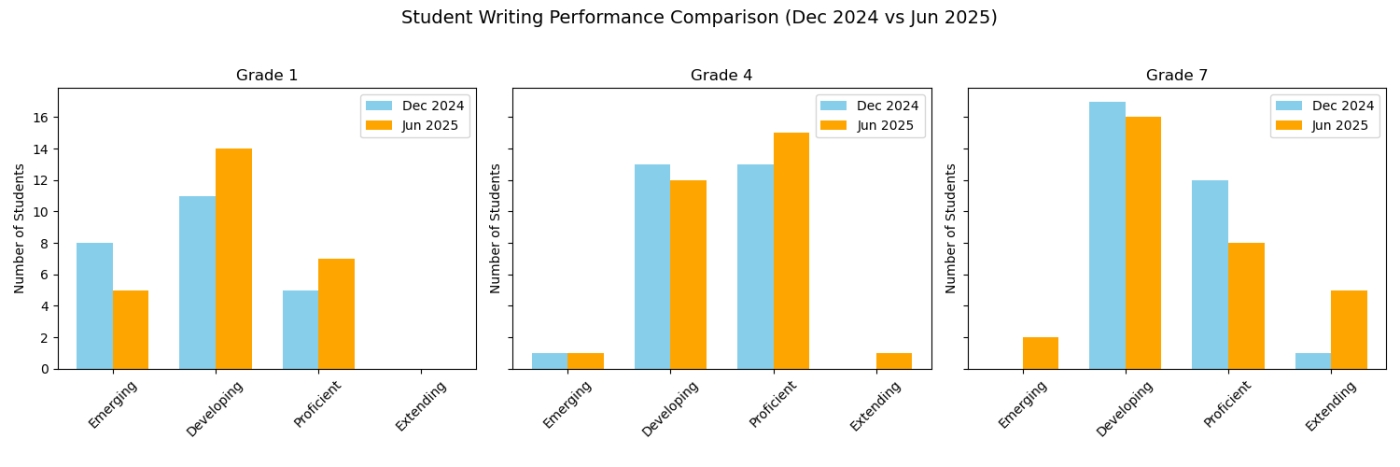
Below is a snapshot of each grade individually
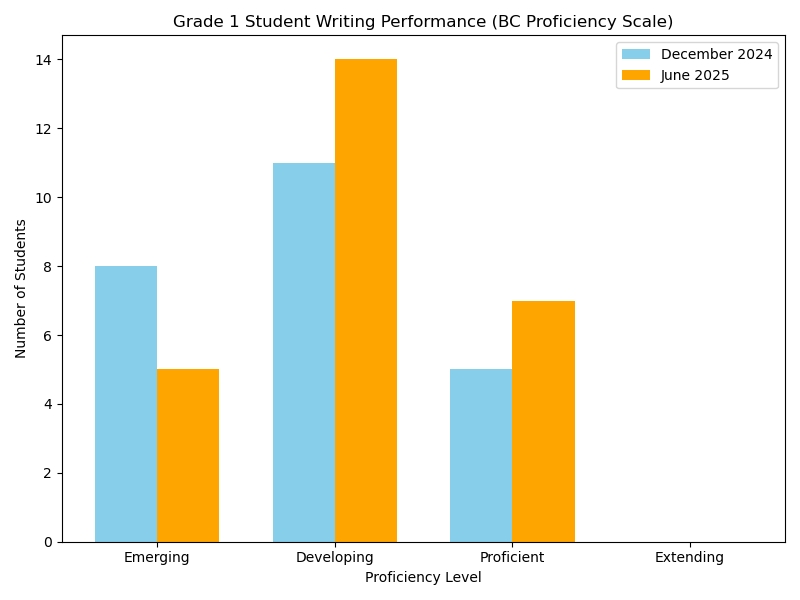
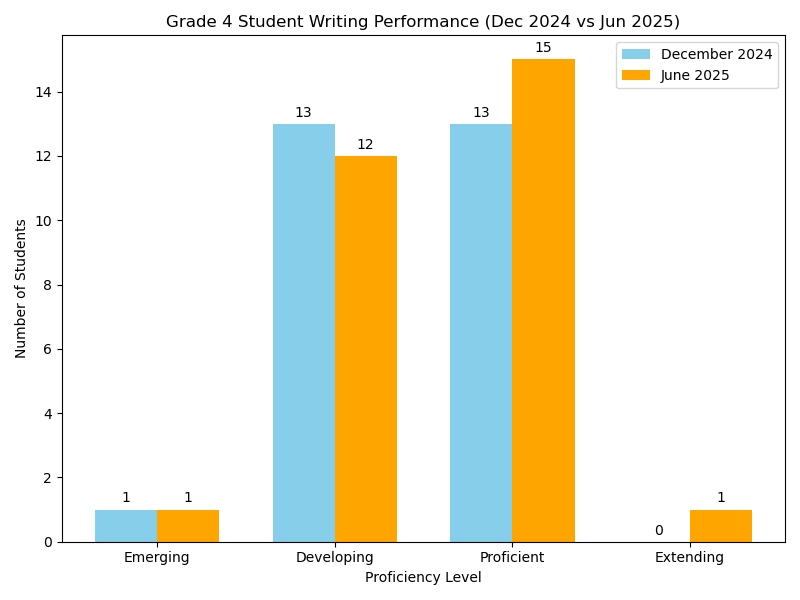
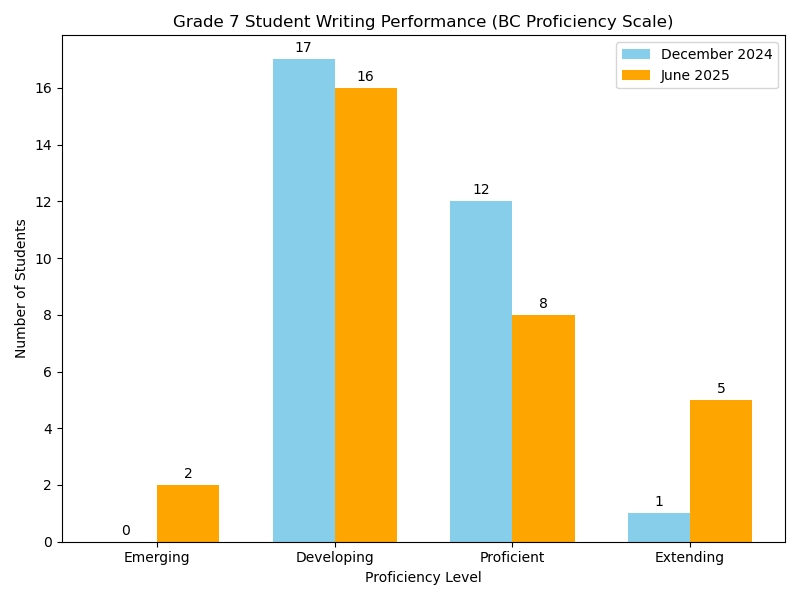
Moving Forward
While we will continue to strive for ways to improve student writing next year we have two new initiatives that staff will be participating in.
One of them is for Reading and another for Numeracy. This work may lead our Student Learning Plan in another direction as we stive to learn more about our learners at William F. Davidson Elementary.
Math Matters - a two-year numeracy initiative.
This two-year cohort will dive deeply into the three interwoven elements of Surrey Schools’ upcoming Numeracy Framework: rich learning experiences, effective teaching practices, and inclusive learning environments. Guided by this framework, school teams will take a deep dive into one of the following core themes:
- Problem-solving
- Sense-making
- Communicating
- Belonging
Responding to Readers is a year-long literacy initiative offered to schools seeking to deepen their expertise around how students learn to read and comprehend, quality assessment practices, effective learning environments, and responsive, evidence-informed instructional routines.
The work will connect with the goals of the BC Ministry of Education and Child Care’s three-year K-12 Literacy Initiative, focusing on evidence-informed practices, assessments, and environments that foster equitable and meaningful literacy learning for all students, including: • Engagement with Surrey’s K-12 Literacy Framework • Exploration of a wholistic reading assessment model • Implementation of universal screening tools • Supporting the ongoing development of evidence-informed practices that meet the needs of all learners.
